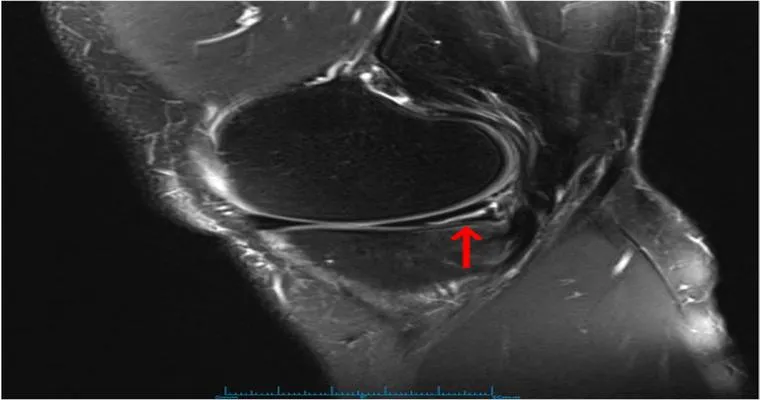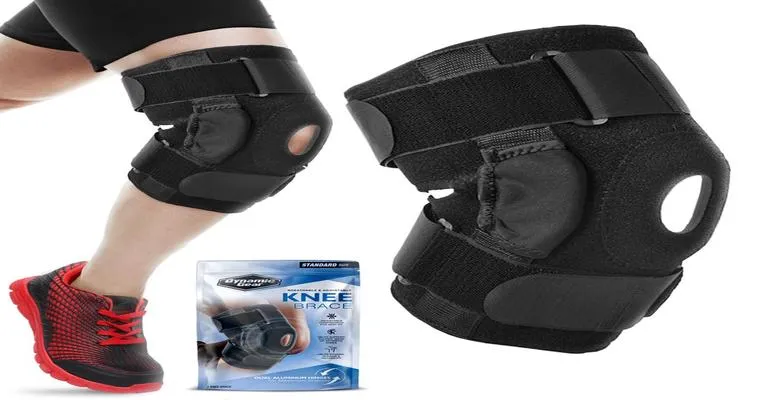As we age, maintaining mobility and overall health becomes increasingly important. While "physical therapy" can be a crucial component of rehabilitation and wellness for seniors, not all treatments are suitable for everyone. It is essential for seniors and their caregivers to be aware of certain "physical therapy treatments" that may pose risks or may not be as effective for older adults. This article outlines five physical therapy treatments seniors might want to avoid.
One common treatment that may not be ideal for seniors is "high-impact exercises". These exercises can include running, jumping, or other activities that put excessive stress on the joints. Seniors are often more susceptible to joint pain and injuries due to conditions like arthritis or osteoporosis. Instead, low-impact alternatives such as swimming or cycling should be prioritized to maintain joint health without the risk of injury.
Another treatment to consider carefully is "manual therapy". This technique involves hands-on manipulation of muscles and joints to relieve pain or improve function. While it can be beneficial for some, seniors may experience discomfort or adverse effects from aggressive techniques. It is advisable for seniors to communicate their pain levels and opt for gentler approaches that focus on their comfort and safety.
"Electrotherapy" is also a treatment that seniors might want to avoid. This method uses electrical currents to relieve pain or stimulate muscles. While it can be effective for certain conditions, some seniors may find it uncomfortable or may have conditions that make them unsuitable candidates for electrotherapy. Always consult with a healthcare provider to determine if this treatment is appropriate.
Additionally, "intense stretching routines" can be problematic for seniors, especially those with limited flexibility or existing injuries. While stretching is important for maintaining mobility, overly aggressive or deep stretches can lead to strains or sprains. Gentle stretching, guided by a trained professional, can provide the benefits without the risks associated with intense stretches.
Lastly, seniors should approach "heat therapy" with caution. While heat can relieve muscle tension and pain, it may not be suitable for everyone. Individuals with certain medical conditions, such as diabetes or vascular issues, may experience adverse effects from heat applications. Cold therapy or alternative methods may be better options for managing pain and inflammation.
In conclusion, while physical therapy can greatly benefit seniors, it is crucial to be aware of specific treatments that may not be suitable. High-impact exercises, manual therapy, electrotherapy, intense stretching routines, and heat therapy are five treatments that some seniors might want to avoid. Always consult with a healthcare professional to tailor a physical therapy program that aligns with individual needs and health conditions. Prioritizing safety and comfort will ensure the best outcomes for senior health and wellness.





